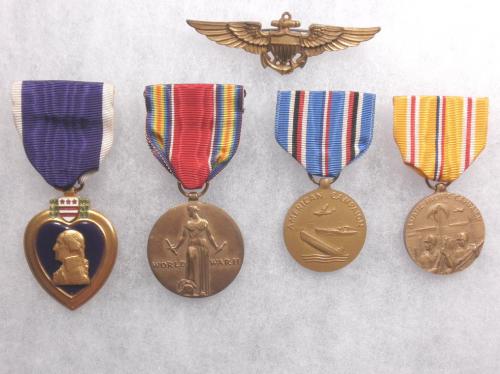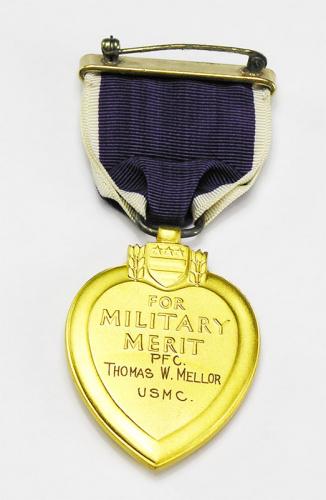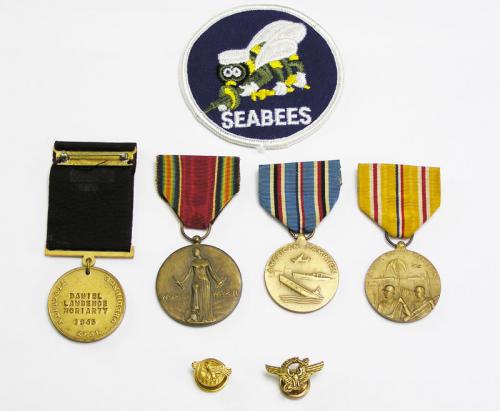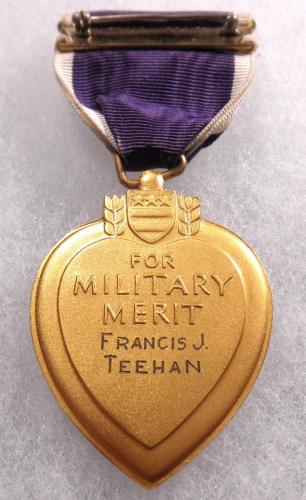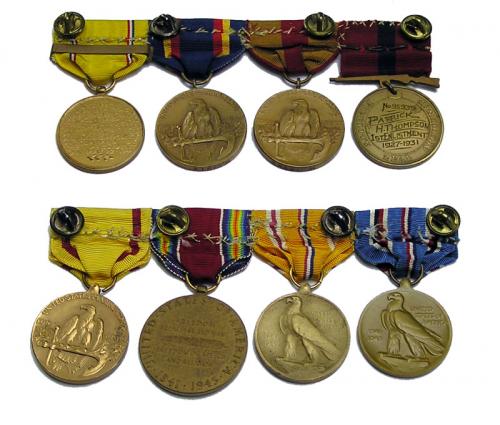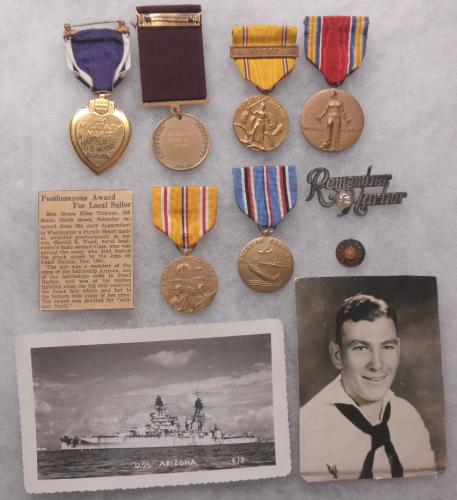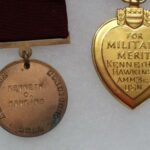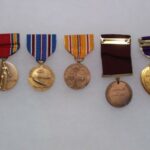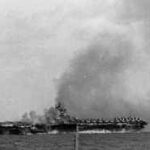Ancestry data shows Kenneth Charles Hawkins was born in Hastings Ward Michigan between 1917 and 1918 to Victor and Edith Hawkins. The 1920 census shows he had an older sister named Mildred. It is known that he enlisted in the regular Navy January 12, 1942, and was assigned to the Ticonderoga on June 7, 1944 the day before commissioning. He was one of the dozens killed on board on January 21, 1945 by a kamikazi strike. His body was not recovered for burial at sea, so he is listed as missing in action. Upon his death, his sister Mildred in Illinois was listed as next of kin on official documents.
The three task groups of TF 38 completed their transit during the night of 20 and 21 January. The next morning, their planes hit airfields on Formosa, in the Pescadores, and at Sakishima Gunto. The good flying weather brought mixed blessings. On January 21, 1945, just after noon, a kamikaze swooped out of the clouds and plunged toward Ticonderoga. He crashed through her flight deck and his bomb exploded just above her hangar deck. Several planes nearby erupted into flames. Death and destruction abounded. About 30 minutes later, another plane slipped through and smashed into the island. His bomb set more planes on fire, and injured or killed another 100 sailors. Capt. Kiefer was among those seriously wounded. Yet, Ticonderoga's crew refused to submit. They brought her fires under control not long after 1400; and Ticonderoga retired painfully. Over the next few days, the Marines and Sailors buried the dead at sea.
This group of AMM3C Hawkins' medals include his Victory medal, American Campaign medal, Asiatic Pacific medal, officially named posthumous Good Conduct medal, officially engraved posthumous Type 3 slot brooch Purple Heart, and short titled presentation case. Based on his rank, Hawkins was probably a back seater in one of the carrier's fighter bombers.
The group also includes the declassified War Damage Report for the January 21 action.

